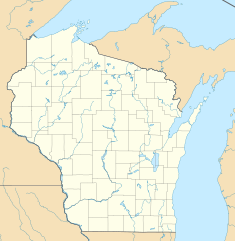| Type | No. of vessels | Tempering Material | Description | Cultural affiliation |
|---|
| North Bay cordmarked (North Bay I and II complex) | 3 | Grit | Cordmarked to smoothed-over cordmarked surface finish; vertical rim profile; flat to rounded lip; no decoration | Middle Woodland |
| North Bay plain (North Bay I and II complex) | 9 | Grit | Plain surface; vertical rim profile; no decoration except for lip; lip may be plain or impressed with cord-wrapped object | Middle Woodland |
| North Bay dentate stamped (North Bay II complex) | 7 | Grit | Plain surface w/dentate-stamped decoration; rim profile vertical to slightly everted | Middle Woodland |
| Becker punctated (North Bay I complex) | 8 | Grit | Plain surface w/punctate decoration; vertical rim profile | Middle Woodland |
| Dane incised | 5 | Grit | Cordmarked surface w/incised decoration | Early to Middle Woodland |
| Heins Creek cordmarked | 15 | Grit | Cordmarked surface; no decoration except rarely on lip; globular vessel form with restricted orifice and vertical to slightly everted rim profile | Late Woodland |
| Heins Creek corded-stamped | 23 | Grit | Surface decorated with discontinuous stamped patterns applied with cord-wrapped stick; globular vessel form with restricted orifice and vertical to slightly everted rim profile | Late Woodland |
| Heins Creek cord-wrapped stick | 5 | Grit | Surface decorated with cord-wrapped stick impressions; globular vessel form with restricted orifice and everted rim profile | Late Woodland |
| Point Sauble collared | 21 | Grit | Cord-impressed surface, collared rim, row of punctates beneath collar | Late Woodland |
| Aztalan collared | 4 | Grit | Collar and lip decorated w/twisted cord impressions; vessel body below collar is cordmarked; mouth of vessel is angular | Late Woodland |
| Madison cord-impressed | 24 | Grit | Cord-impressed decoration (subdivided into 4 varieties); globular vessel form with restricted orifice and slightly everted rim profile | Late Woodland |
| Oneota | 331 | Grit or shell | Predominantly plain surfaces, mostly undecorated; decorations when they occur consist of incised or trailed lines sometimes associated with punctates or embossed stamps; lips sometimes notched; handles are rare; most vessel forms are globular jars with restricted orifice and sharply everted rim profile; there are also shallow bowl forms represented | Upper Mississippian |
|



